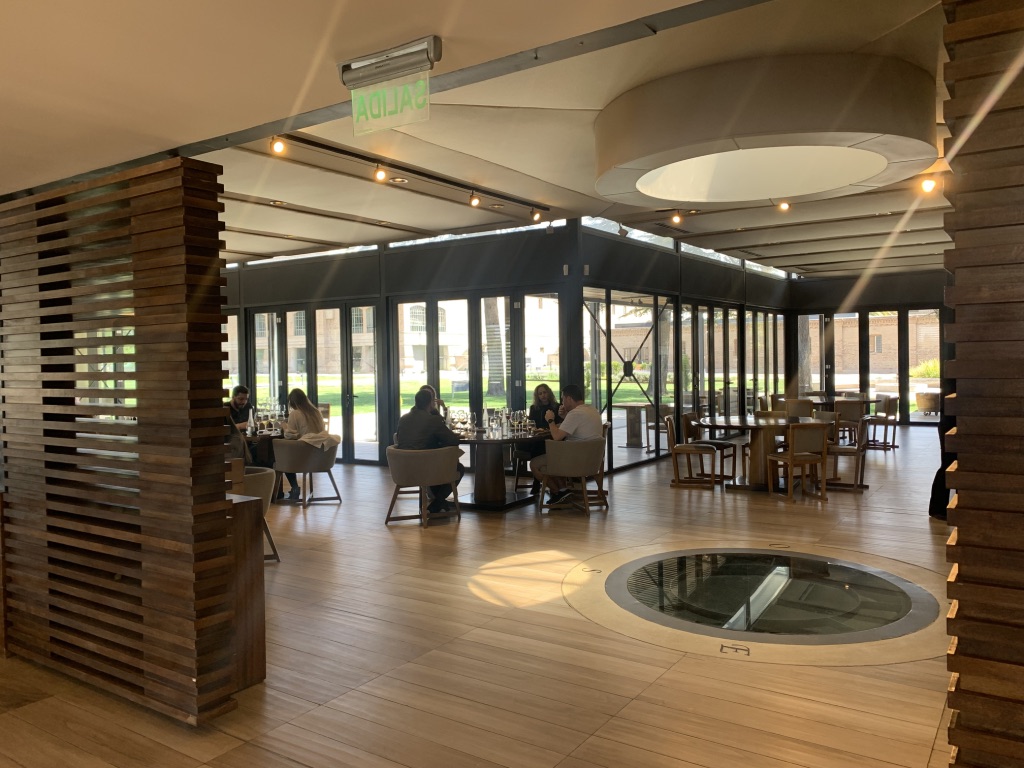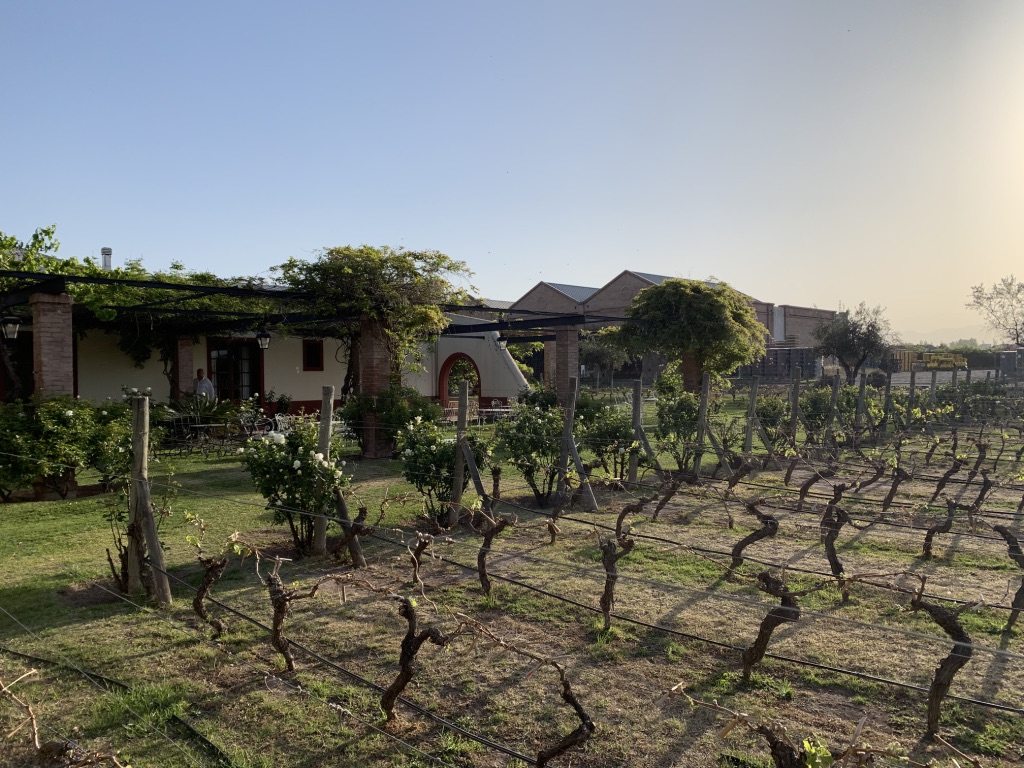Argentina is unfortunately rather used to radical, even traumatic, changes on the political, social and economic fronts. Think military juntas; calamitous wars; civilian bomb attacks; financial collapses and sudden currency devaluations; epochal court cases; populist political upsets, assassinations and dark conspiracies. Call these shocks ‘revolutions’ or something else if you prefer, but the country’s recent history is littered with such dramatic, destabilizing shifts.
So I’m happy to report on one very positive change that is sweeping Argentina: the country’s food and wine scene is currently experiencing what a top Buenos Aires-based sommelier recently assured me is indeed a revolution. She (yes, gender equity and inclusiveness is part of this change) described her industry’s rapid changes using the loaded R word, and frankly, based on my recent experiences in both the capital and in Mendoza wine country, this is not hyperbole.
From scores of new wineries creating hundreds (thousands?) of new and increasingly diverse wines, to emerging new wine regions and grape varietals, to an explosion of new cooking across the entire food spectrum, you cannot fail to notice the excitement in the air when visiting the country.
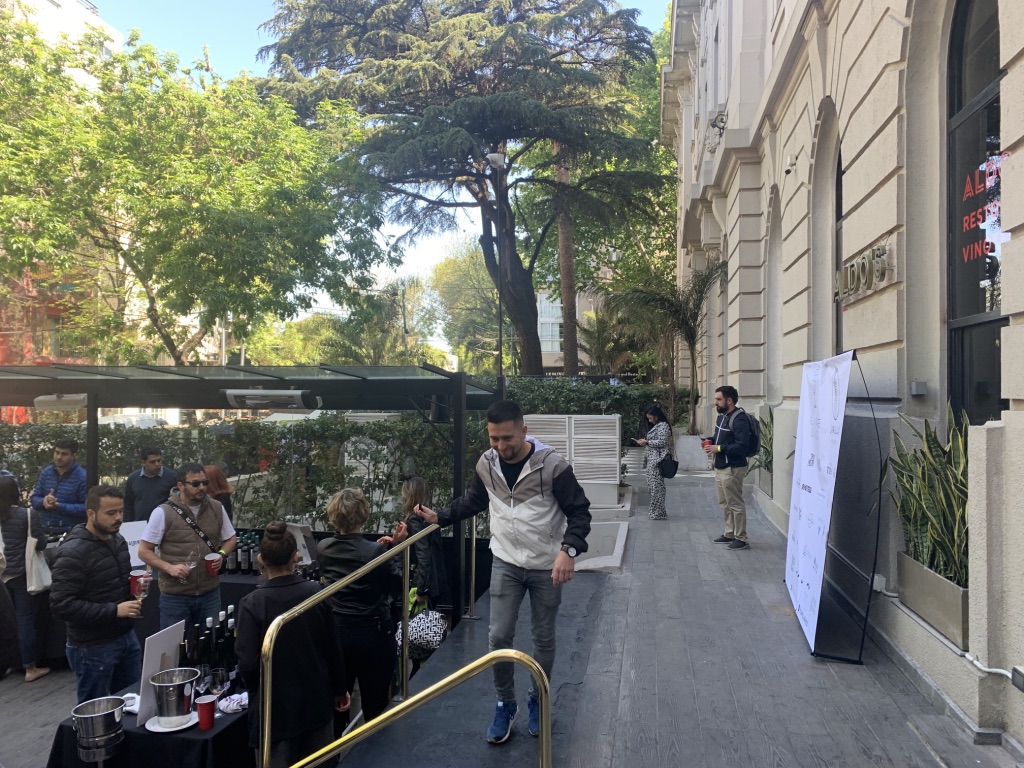

In Buenos Aires there are wine events and tastings almost daily, it seems, and many of these venues combine elements of retail shop, wine bar and restaurant. Case in point: one of the city’s best old-style parilla (barbecue) restaurants, Lo de Jesus, has recently expanded and reinvented itself into both a fine dining place and a stunning new wine shop where you can buy any bottle you want and have it served with your meal – by an enthusiastic young female Columbian sommelier no less – for no additional cost. And have it with steamed artichokes or grilled vegetables if you wish. Don’t get me wrong though: the classic Ojo de Bife steak at Lo de Jesus or Don Julio or many of the other myriad parillas across the city is still as excellent as ever. It’s just that now you have a wider choice.
The range of new Argentinian wines I encountered was astonishing, and none more so than those by maestro Alejandro Sejanovich, who now makes multiple wines with partner Jeff Mausbach under such diverse labels as Teho, Zaha, Manos Negras, Tinto Negro, Estancia Uspallata (an entirely new wine area in Mendoza), and the evocatively named Buscado Vivo O Muerto (Wanted Alive or Dead), a line of stunning single vineyard un-oaked chardonnays that I tasted with ‘El Colo’ (Alejandro’s nickname ‘Ginger‘, due to his hair colour).


Which brings me to one of the most notable changes taking place in the Argentine wine world: the rise of so many exciting new white wines, in a country that until quite recently was primarily known for its Malbecs. Take the two terrific whites from famed Mendel winemaker Roberto de la Mota’s personal label Revancha, for example, in the photo below. Or the unique Gran Lurton Corte blend of Tocai Friulano and Sauvignon Blanc from Piedra Negra, which we enjoyed with an effortlessly superb lunch at Roux under the expert hand of chef Martin Rebaudino, who cooks elegant Latin-Mediterranean food that is unlike anything else we ate in Buenos Aires. And not a steak in sight. Martin is also the highly knowledgeable custodian of more than 10,000 bottles in the restaurant’s wine cellar, a Buenos Aires vinous treasure chest. If you see him on the floor, do ask for his advice. Muchas gracias Martin.

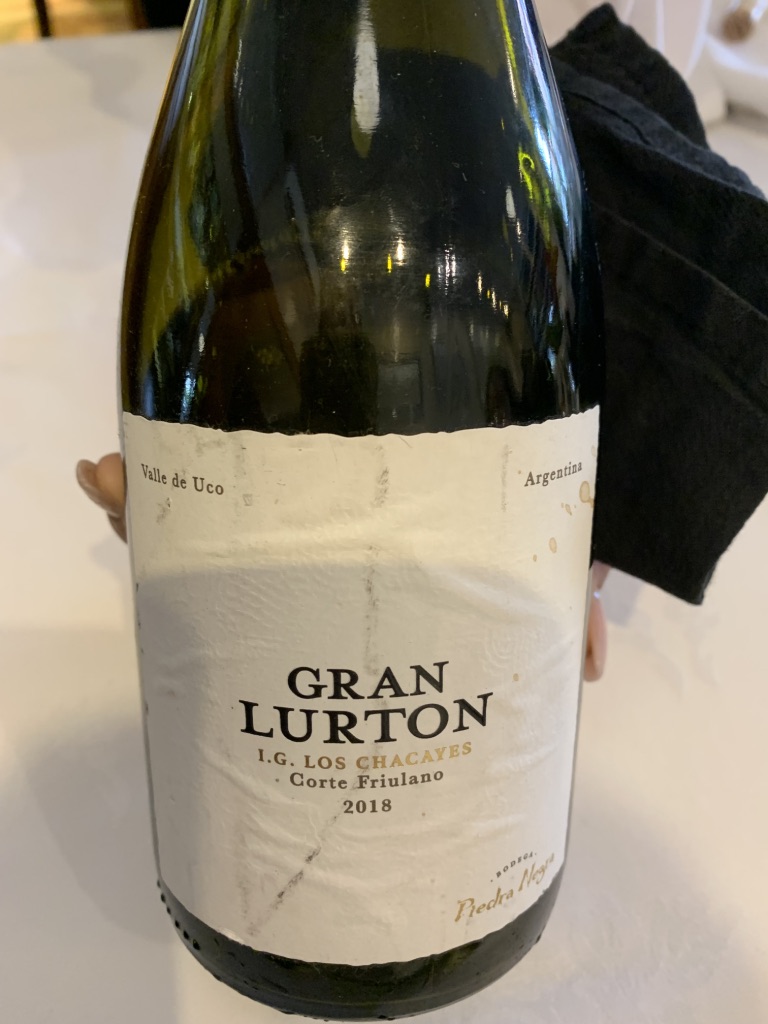

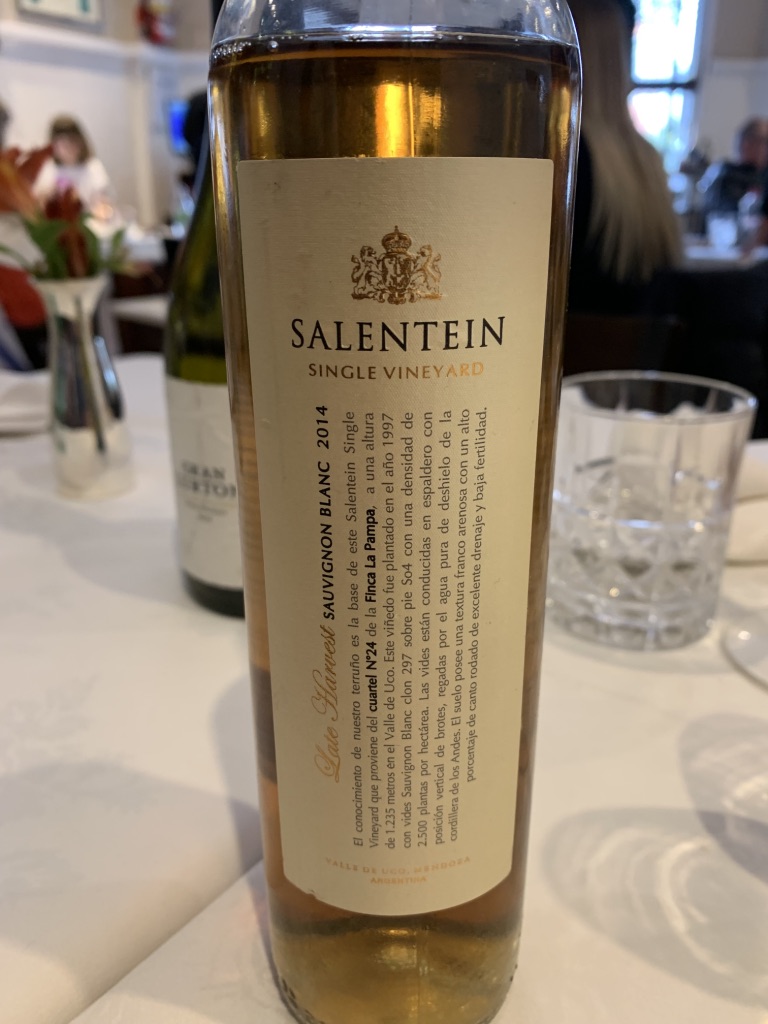
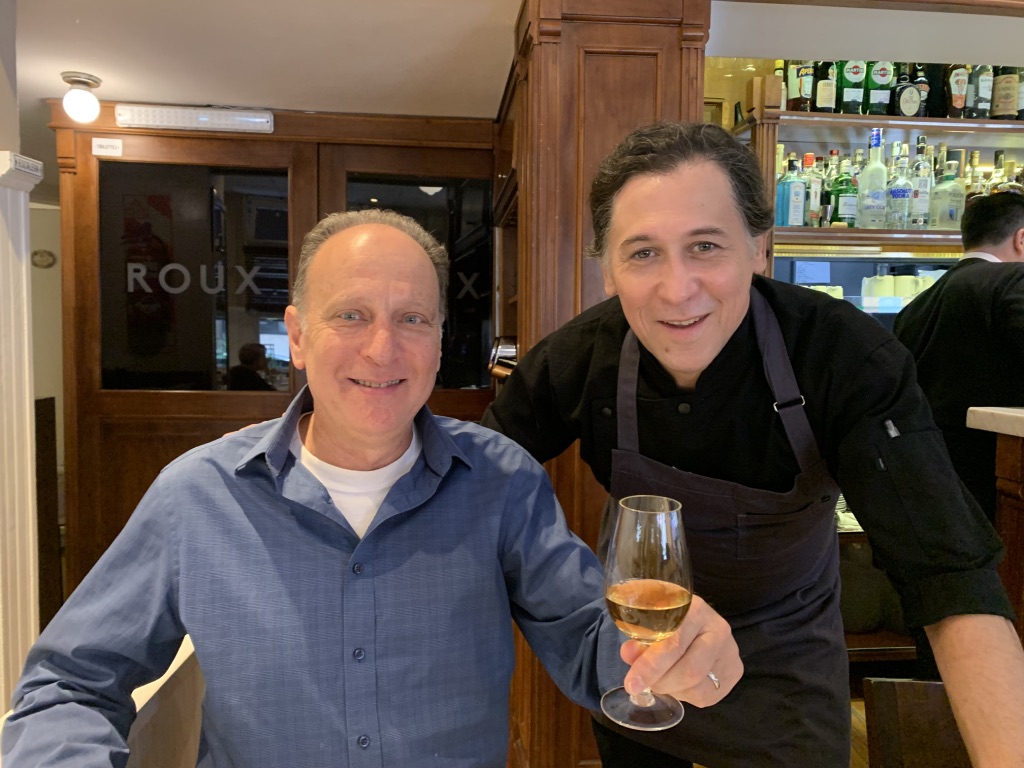
Another noteworthy aspect of the Argentine wine revolution is the current expansion of wine-growing regions into new areas. One example is the new maritime region of Chapadmalal on the Atlantic coast south of Buenos Aires. It’s here that Mendoza-based Bodega Trapiche have established new vineyards and are producing a line of whites that have more in common with Uruguay than Mendoza. Their Costa & Pampa Albariño 2018 especially impressed me, and paired perfectly with the innovative Atlantic seafood tapas bar Ajo Negro in Buenos Aires. Fresh, modern food and great wine, and about as far as you can get from steak and malbec.
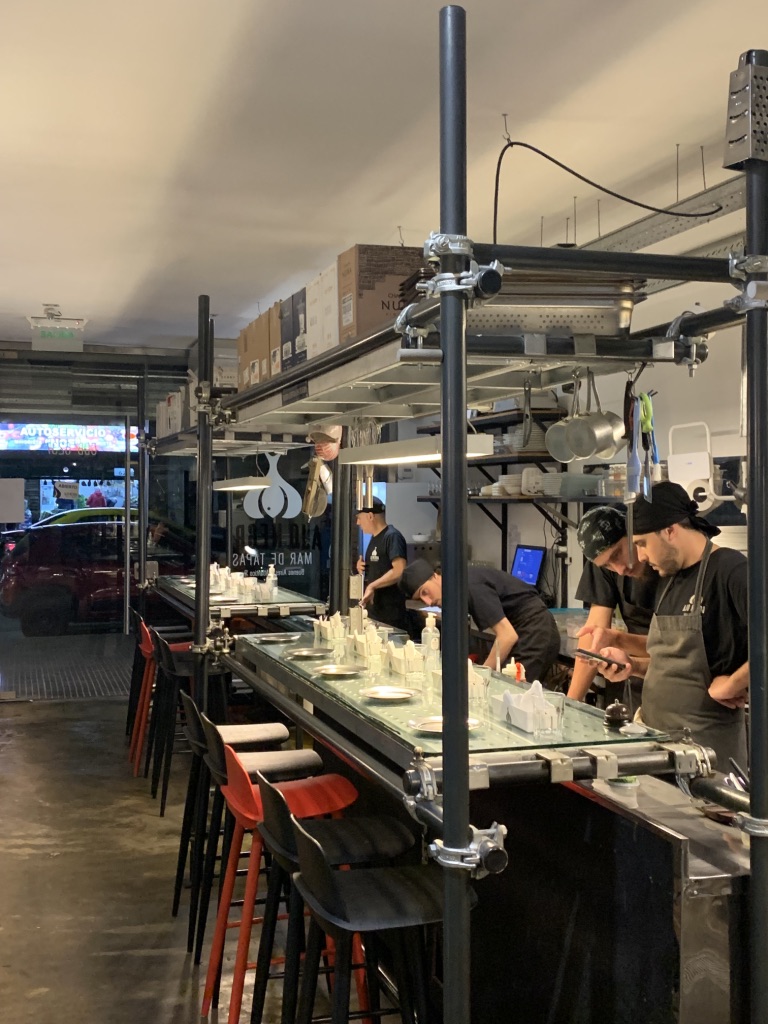

There are also exciting new wines coming from regions such as Jujuy, Chubut, Pedernal and Rio Negro.
And then there is Mendoza, both the city and its surrounding province. This richly diverse, fascinating region could easily be the subject of an entirely separate report (actually it will be, stand by). Suffice to say here that this is where the heart of Argentine wine beats. And notwithstanding all that delicious red meat, its heart is beating stronger than ever, with excellent venues across the board (wineries, restaurants, hotels, wine bars, shops) offering world-class wine and food experiences. Here are a couple teaser photos of magical places (try guess where) where I was generously hosted, to whet your traveler’s appetite before I draw this report to a close and begin the next one. Just remember, it’s time to leave your assumptions about Argentina behind. ¡Viva la revolucion!
